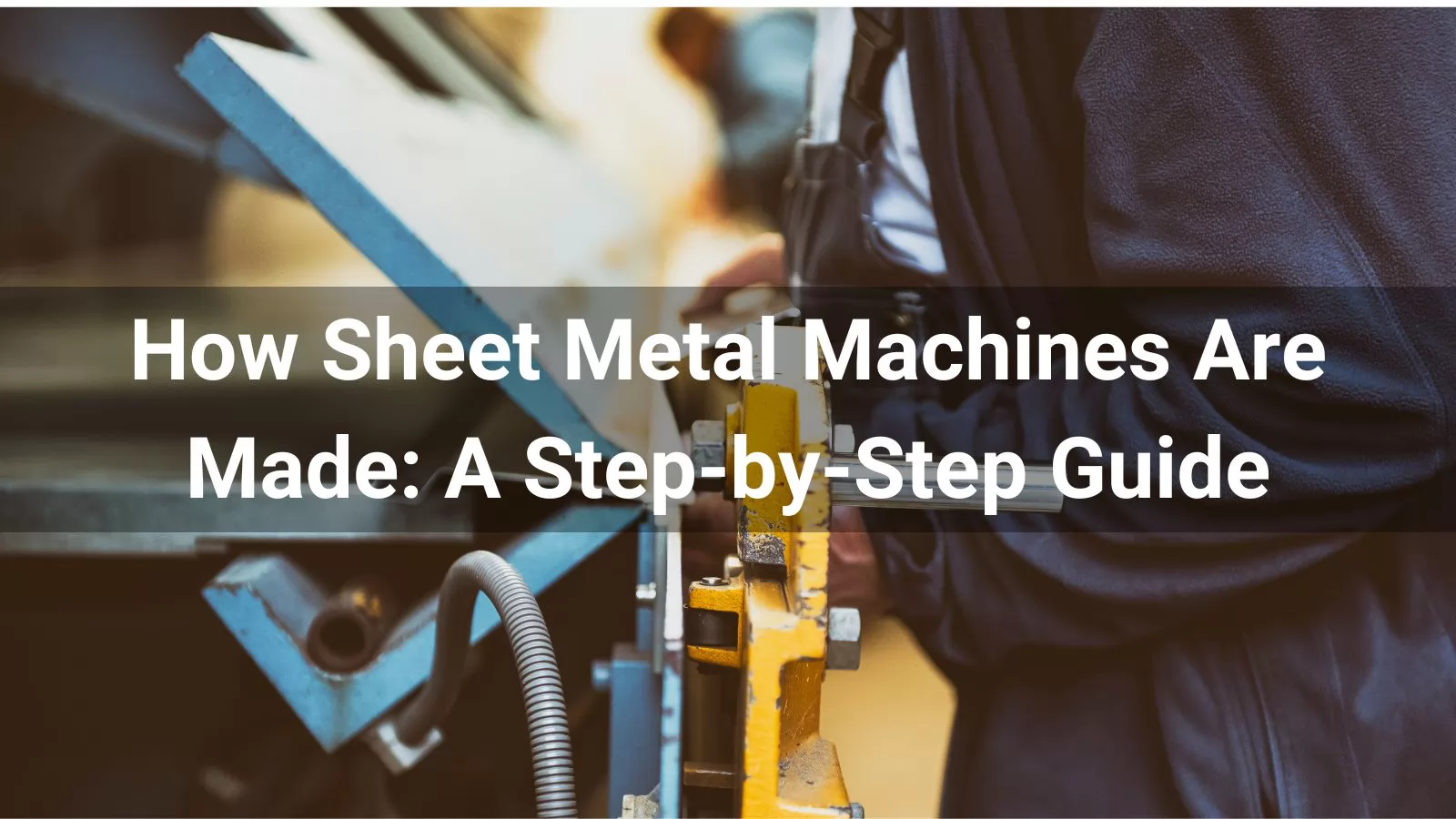





Sheet metal machines, such as press brakes, shears, and laser cutters, are essential tools in industries ranging from automotive to construction. Building these machines is a complex process that combines advanced engineering, precision manufacturing, and rigorous testing. This guide outlines the step-by-step process of how sheet metal machines are made.
The journey begins with a conceptual design tailored to the machine’s purpose, whether it’s cutting, bending, or punching sheet metal. Engineers use Computer-Aided Design (CAD) software, such as SolidWorks or AutoCAD, to create detailed 3D models. Key specifications, including size, capacity, and precision, are defined based on market demands or customer requirements. Finite Element Analysis (FEA) simulations test the design for stress, durability, and performance. The finalized prototype design incorporates feedback from these simulations.
The choice of materials is critical for durability and performance. High-strength steel or cast iron is selected for the machine’s frame to ensure rigidity. Moving parts, such as gears, shafts, and bearings, are made from hardened steel or alloys to resist wear. Electrical components, including motors, sensors, and controllers, are sourced for automation and control. For machines like shears or press brakes, specialized tool steel is used for blades or dies to maintain sharpness and longevity.
Large structural components, like the machine frame, are cast or forged in foundries to achieve the desired shape and strength. Precision machining follows, using CNC machines, lathes, and milling equipment to shape parts like gears and brackets with tolerances often within microns. Heat treatment processes, such as quenching or tempering, enhance component hardness and toughness. Surface finishing, including polishing, powder coating, or anodizing, protects parts from corrosion and improves aesthetics.
Assembly starts with the machine’s frame, which is carefully aligned to prevent vibrations or inaccuracies during operation. Mechanical components, such as hydraulic cylinders, ball screws, or gears, are installed to enable motion control. Electrical systems, including motors, sensors, wiring, and programmable logic controllers (PLCs), are integrated for automation. Finally, tooling—such as cutting blades, dies, or laser heads—is mounted based on the machine’s function.
Calibration ensures the machine operates with precision. Laser alignment tools and gauges verify tolerances, while functional tests assess speed, force, and repeatability under real-world conditions. For example, a laser cutter’s beam alignment and cutting accuracy are rigorously checked. Safety features, including emergency stops and guards, are tested to comply with standards like OSHA or CE. Quality control inspections confirm the machine meets design and industry requirements.
Modern sheet metal machines rely on sophisticated software. CNC machines, for instance, use G-code to program tool paths. Proprietary or third-party software is installed to manage operations, while user-friendly interfaces, such as touchscreens, allow operators to input parameters like material thickness or bending angles. Firmware updates ensure compatibility with future upgrades.
For transportation, large machines may be partially disassembled and wrapped in protective materials to prevent damage. User manuals, maintenance guides, and installation instructions are included. Specialized logistics handle the shipping of heavy equipment to distributors or customer sites.
Technicians install the machine at the customer’s facility, ensuring proper alignment and connection to power sources. Operators receive training on machine use, maintenance, and safety protocols. Manufacturers provide warranties, spare parts, and ongoing technical support to ensure reliable performance.
Modern sheet metal machines often incorporate Industry 4.0 features, such as IoT connectivity for remote monitoring and predictive maintenance. Some machines are customized to meet specific customer needs. Sustainability is also a focus, with manufacturers adopting eco-friendly materials and energy-efficient components to comply with environmental regulations.
Building sheet metal machines is a meticulous process that requires expertise in design, manufacturing, and testing. From initial concept to final installation, each step ensures the machine delivers precision, reliability, and safety. Whether it’s a high-end laser cutter or a robust mechanical shear, the craftsmanship behind these machines powers industries worldwide.




Fastest
Installation

Top-Notch
Equipment

24/7 Customer
Support

100% Secured
Payment
